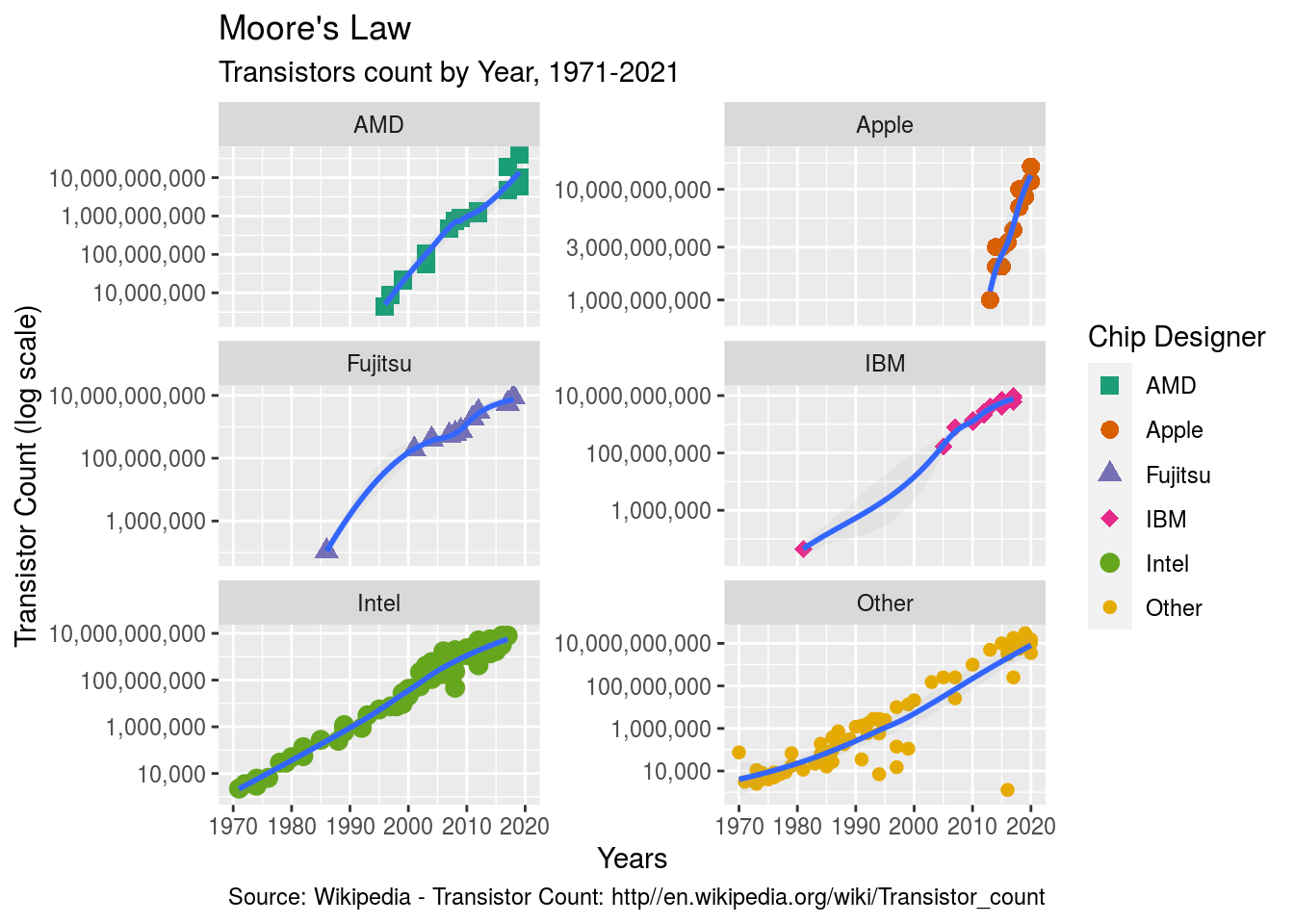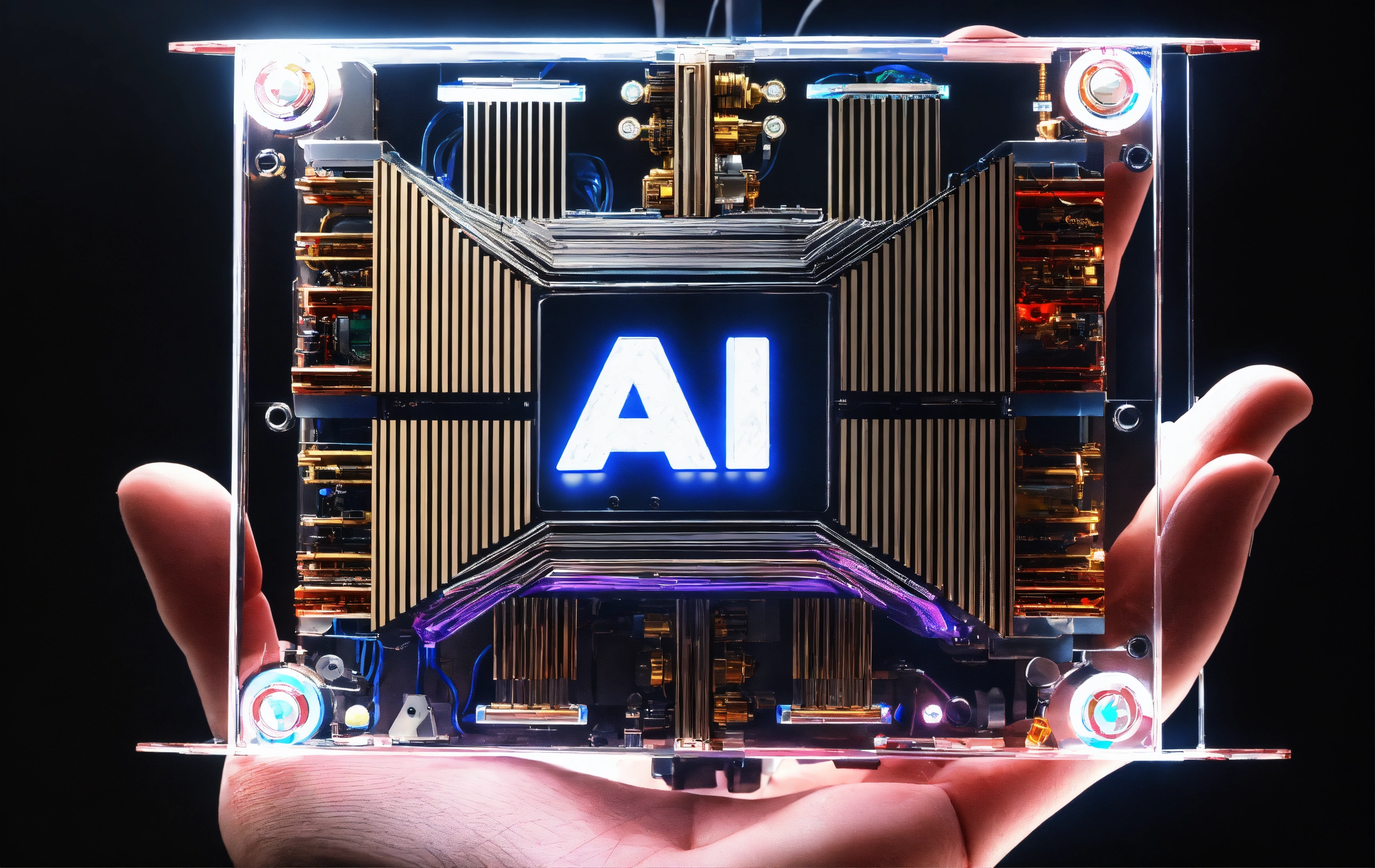
Beyond Moore’s Law: This Brain-Like IBM Chip Could Drastically Cut the Cost of AI
24 March, 2024
The era of endlessly shrinking transistors is making way for designs focused on efficiency. IBM's NorthPole chip, a digital marvel inspired by the brain, outperforms traditional GPUs while consuming a mere 4% of their energy. This breakthrough propels us closer to achieving real-time edge computing for smaller devices, spanning from smartphones to self-driving cars.
RISC-V Standard and Open Source
Historically, chip giants like Intel and Arm held their blueprints close, leaving customers with limited options: settle for off-the-shelf chips or invest in costly custom designs. Enter RISC-V, an open standard revolutionizing chip design accessibility. Now, anyone can harness its power, free of charge.
RISC-V defines the standards for a computer chip's instruction set, simplifying basic operations like addition. With a streamlined set of 47 instructions at its core, RISC-V offers a straightforward foundation for chip design. Moreover, it caters to diverse needs, accommodating companies seeking more complex chip capabilities. It's a versatile platform empowering innovation across industries.

The brain, a mighty computing machine, has long inspired scientists in their quest to replicate its prowess in artificial minds.
IBM's Breakthrough
NorthPole, IBM's fully digital chip, mimicking the brain's structure and efficiency. In head-to-head battles with cutting-edge GPUs—mainstays for AI tasks—IBM's brain-like chip emerged victorious, consuming up to 96% less energy.
IBM's Brain-Inspired Journey
IBM has delved into brain-inspired chips for a decade, from TrueNorth to SpiNNaker, aiming to enhance AI algorithms' efficiency.
Edge Computing Revolution
The objective? Faster, energy-efficient chips enabling AI on smaller devices like phones and self-driving cars. Edge computing facilitates real-time responses without relying on remote server farms.
Digital Breakthrough
Unlike analog brain mimics, NorthPole is entirely digital, densely packing 22 billion transistors onto 256 cores. It mirrors the brain's structure by aligning computing and memory modules and fostering long-range connections akin to nerve fibers.
Relevance in AI Landscape
Amidst soaring costs and power demands of AI models, NorthPole's digital nature offers a promising solution. Its compatibility with existing manufacturing processes hints at scalable production.
Generative AI Challenges
Generative AI, from DALL-E to ChatGTP, dazzles with its eerily human-like text and images, captivating the world.

The Sustainability Challenge
Yet generative AI's is argued to have unsustainable trajectory. These models are trained on vast datasets, demanding immense computing power and accruing hefty costs and carbon footprints.
Brain-Inspired Hurdles
While these AI models draw inspiration from the brain, they clash with current computer architectures. The brain seamlessly integrates memory and processing, unlike computers, leading to data congestion, delays, and energy wastage.
The Data Movement Crisis
Described as a "data movement crisis," this inefficiency calls for more computationally-efficient methods to alleviate bottlenecks.
Analog Computing: A Potential Solution
Analog computing chips emulate the brain's functioning, offering speed and energy efficiency akin to light dimmers. By capturing multiple states, they promise faster processing.
However, analog chips grapple with errors and noise, posing hurdles for large-scale AI processing despite their flexibility and energy efficiency.
NorthPole now Bridging Flexibility and Reliability
Imagine combining neuron-like flexibility with the steadfastness of digital processors – that's the vision behind NorthPole. This groundbreaking chip, no larger than a stamp, outperforms top GPUs in various standard tests.
The team's approach began with distributing data processing across multiple cores, maintaining proximity between memory and computing modules within each core.
Unlike previous analog chips, such as IBM's TrueNorth, which employed specialized materials, NorthPole leverages standard memory and processing components positioned side by side.

Brain-Inspired Design
Drawing from the brain's architecture, NorthPole boasts a distributed array of cores akin to the cortex. Each core functions independently while sharing computations and results, mirroring the brain's communication pathways.
Inspired by the cortex's neural networks, NorthPole equips each core with access to both local and global memory, eradicating data processing hierarchies and enabling simultaneous problem-solving.
Performance Breakthrough
Sophisticated software delegates tasks across cores efficiently, maximizing resources utilization and preventing conflicts. This approach seamlessly integrates existing applications and workflows into NorthPole's architecture.
Compared to TrueNorth, NorthPole supports AI models 640 times larger, performing 3,000 times more computations, all with just four times the number of transistors.
In performance test, NorthPole was 25 times more efficient than traditional GPUs when challenged with the same problem. The chip also processed data at lighting-fast speeds compared to GPUs on two difficult AI benchmark tests.
Semiconductor Evolution
The future of computer chips hangs in the balance. While some predict the demise of Moore's Law—traditionally doubling transistor counts every two years—alternatives like brain-inspired hardware and quantum computing gain traction.
NorthPole defies the notion of semiconductor stagnation. With 37 million transistors per square millimeter, the chip's potential is immense. Projections suggest expansion to two billion transistors, accommodating larger algorithms on a single chip.
The tech world is changing, affecting chips and GPUs. Moore's Law is facing hurdles, while new computing methods like brain-inspired tech and quantum computing gain traction. Chips remain vital, driving progress in AI and beyond. As we move ahead, chip designers' creativity will shape tech's future, offering new possibilities for innovation.